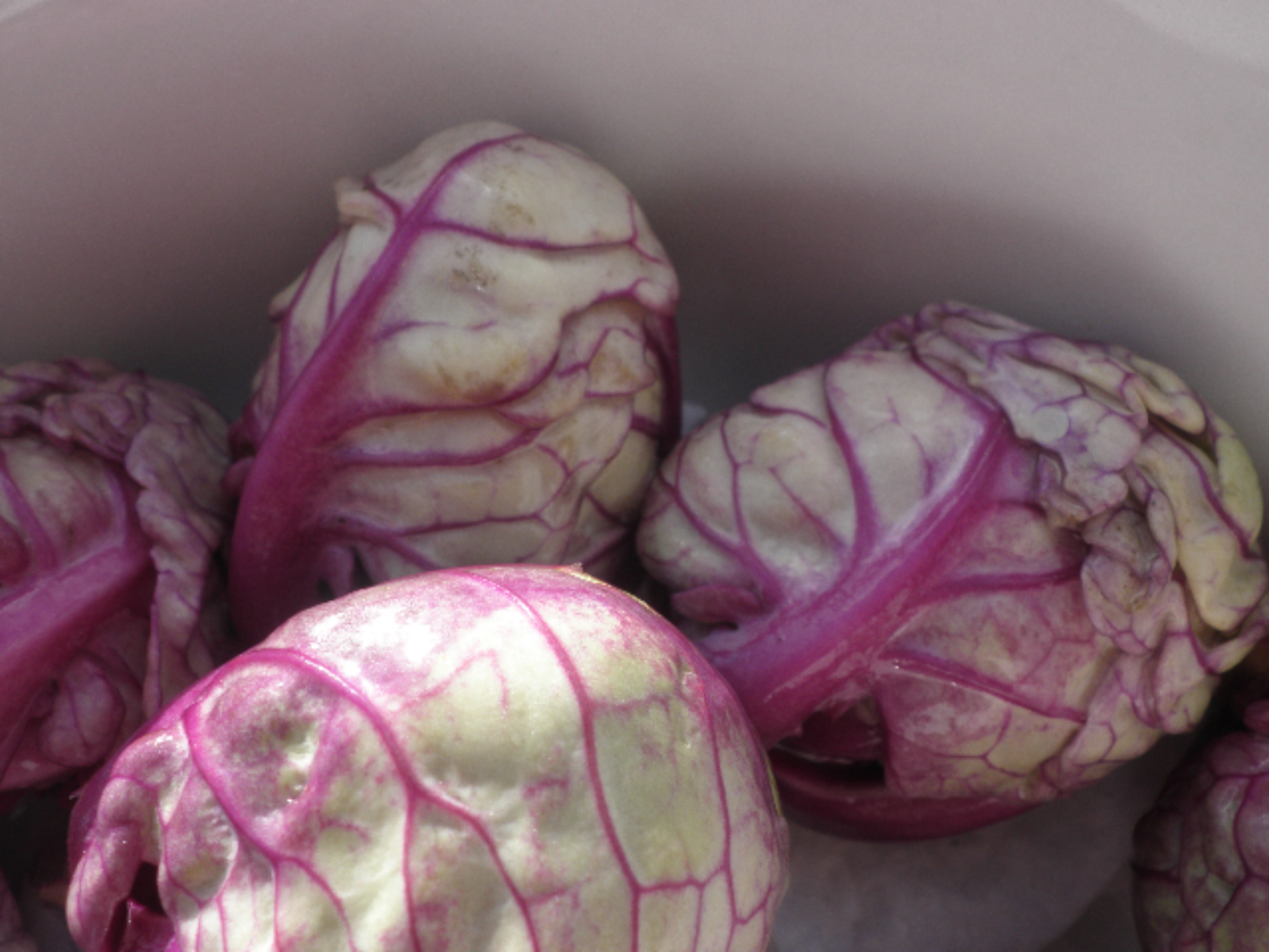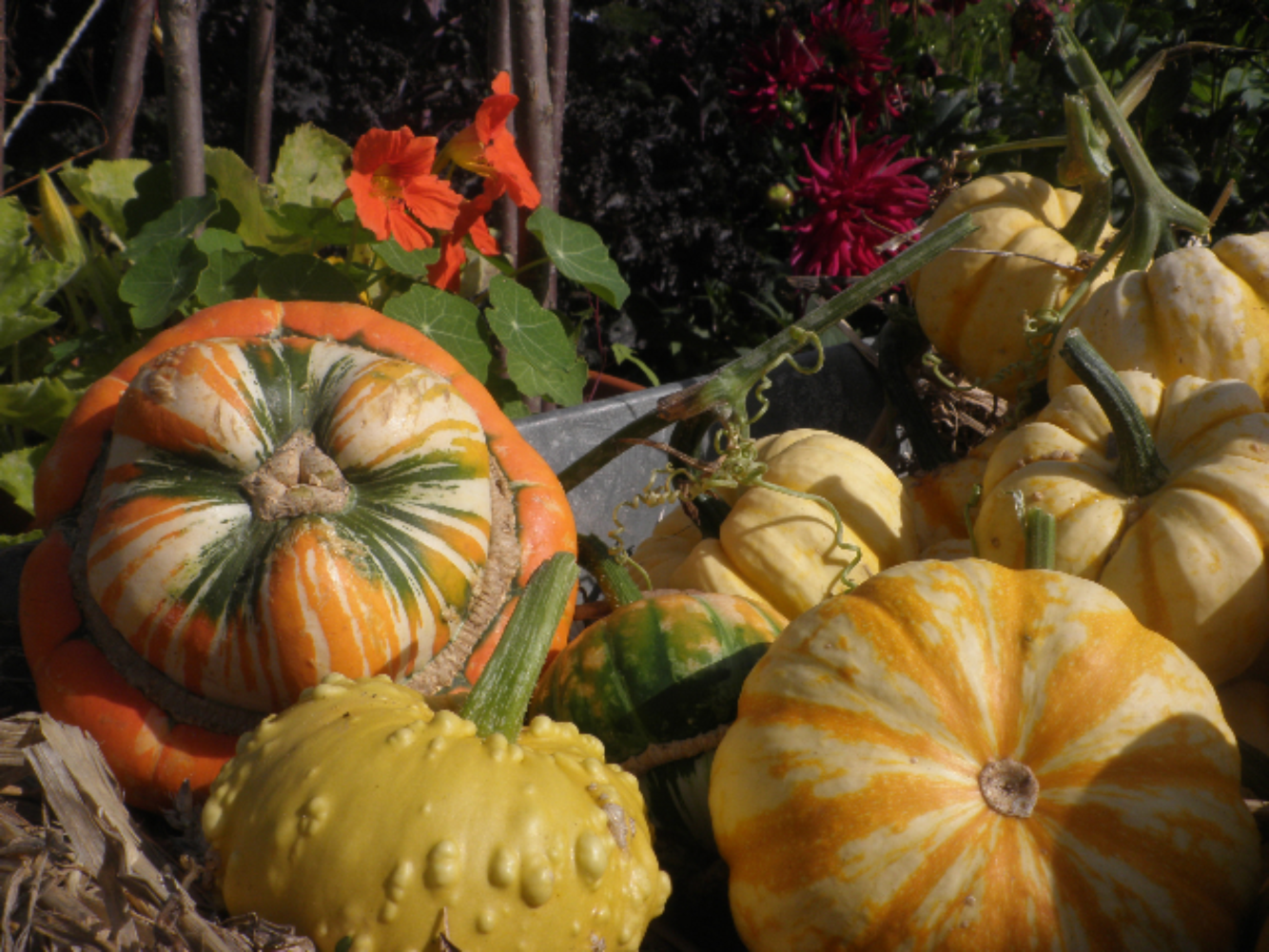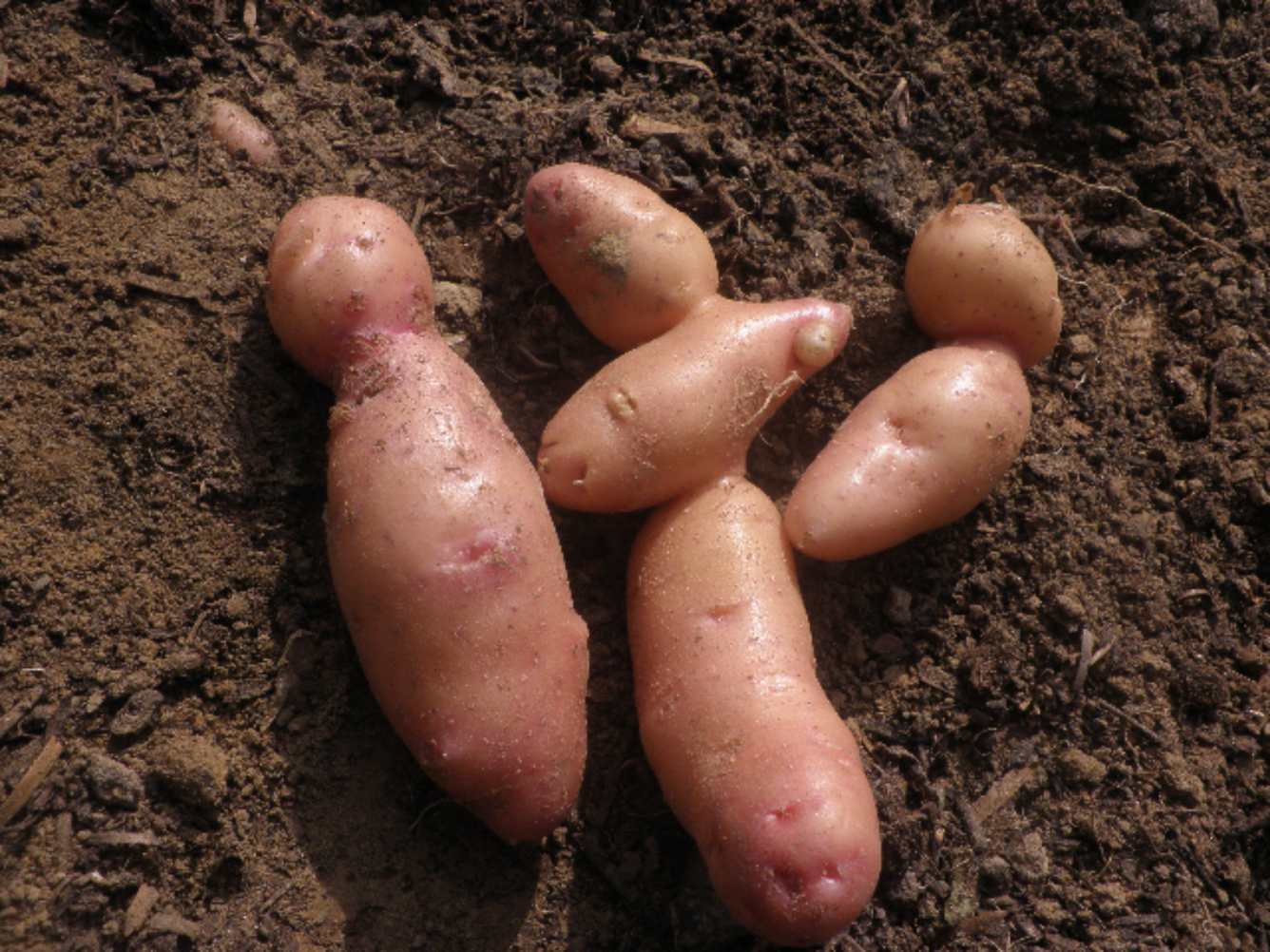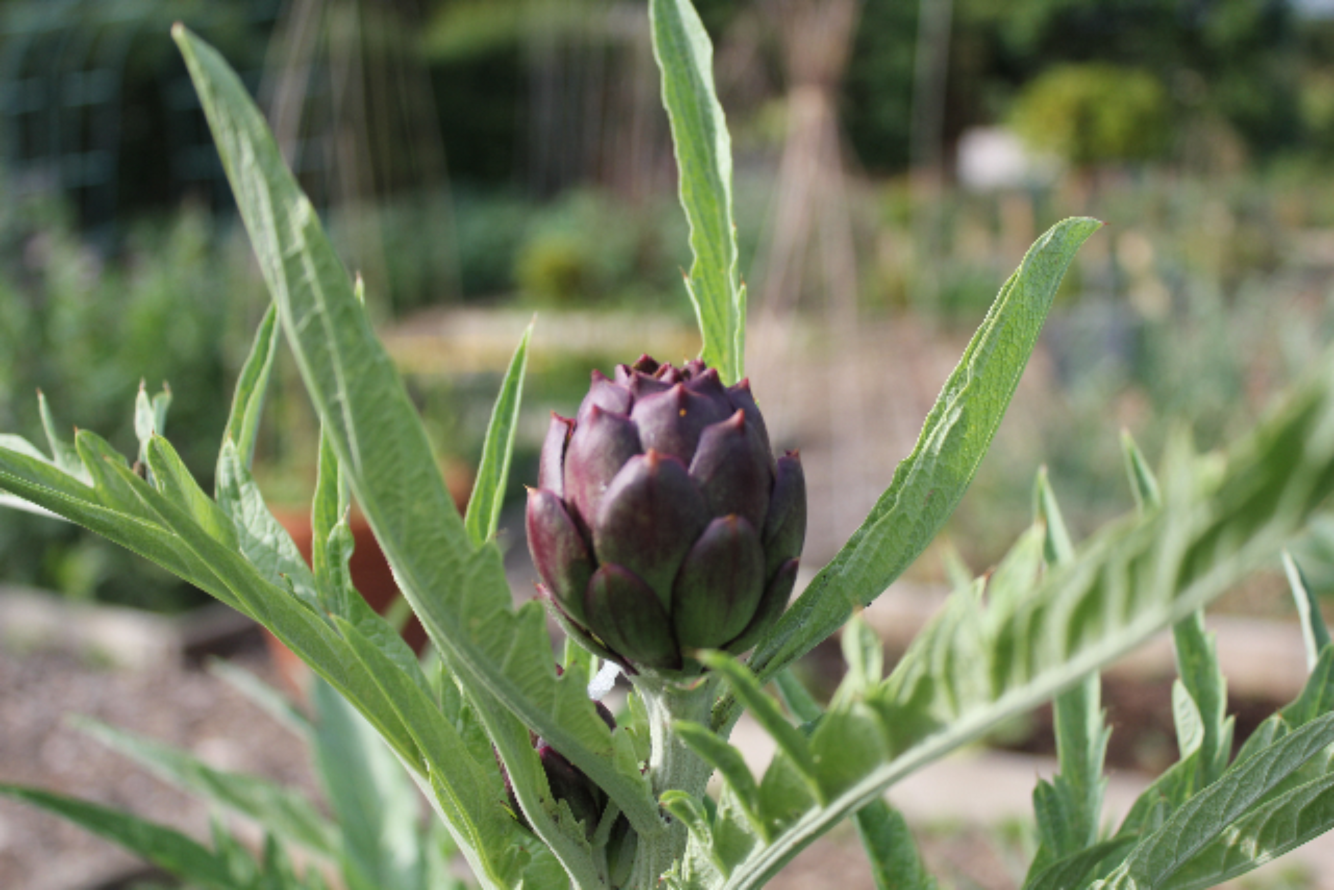It is galling when my family pick gingerly through the hole-ridden greens I’ve lovingly tended and then tell me gaily that I “could have bought a nice cabbage for 50p” from the supermarket. All those months of nurturing and protecting (some hope against those caterpillars) crops, and then when they’re ready to harvest there’s a glut of them everywhere and frankly (although you don’t need this rubbed in by your nearest and dearest) it’s cheaper and much easier to buy them. Deep sigh. There are some crops, however, that are unbuyable and I’m determined to grow more of these and not lavish precious hours on the everyday. So no cabbage, no carrots and fewer potatoes then. I shall concentrate on growing vegetables that have an unbuyable flavour, freshness, or that would be costly to buy. Let’s not talk too much about weird and wonderful, trendy veg that no one’s ever heard of (and won’t choose to eat once the novelty’s worn off), but genuine crops that are easy to grow, use and cook with.
For fantastic flavour…
Supermarkets choose their vegetables based on uniformity, reliability, ease of picking, packing and shipping. I suspect that flavour comes way down the list. It’s hard to handle an awkward potato shaped like a dinosaur, no matter how delicious. The potato ‘Pink Fir Apple’ is truly delicious (and comes in even more peculiar shapes than dinosaur). It’s grown as a maincrop, but tastes like a heavenly salad potato. Home grown tomatoes are also hard to beat, especially a revelatory beefsteak tomato (revelatory to me at least, because I have to say that until I tasted home grown tomatoes I didn’t much like them) called ‘Brandywine’, which melts in the mouth and makes sublime tomato sauce.
For eating ultra fresh…
Broad beans, peas and sweetcorn are packed full of natural sugars, which makes them very tender and delicious, but rather annoyingly, this sugar starts to turn to starch as soon as they’re picked. This is why, if you buy peas and sweetcorn instead of growing them, it’s better to buy frozen than fresh, as they’re frozen very quickly and not left lounging around on a shelf for days. So if you’re growing them, use them straightaway, or just pick and eat them while you’re in the veg patch…
Too expensive to buy…
I find cruciferous crops, (or crucifying crops, as that’s how you’ll feel pandering to their needs and keeping them safe from pests) that’s broccoli, cauliflower (outrageously petulant and unforgiving) and cabbage are hard to grow on my sandy soil – they like it rich and firm (don’t we all?), but expensive crops like globe artichokes, asparagus and celeriac, on the other hand, seem to grow on my plot without too much coaxing. I’m resigning myself to a life less onion-y now too (despite the immense satisfaction I get out of laying onions out in the sun to dry and then stringing them up in plaits like an onion seller), as they are so cheap to buy. I’ll be growing spring onions and elephant garlic instead.
Unusually good…
I’ll admit that this is showing off, because I’m not sure that any of the varieties I’m about to mention are that superior in flavour when compared to their more modest sisters, but they are fun to grow and even more fun to serve. The easiest of these is probably beetroot ‘Chioggia’, which tastes similar to ordinary beetroot, but is candy striped in pink and white. Slice it very thinly for the vegetable equivalent of seaside rock. Courgettes (don’t groan, you’ll easily offload these at glut time) can be grown in multifarious shapes and colours. I find the yellow ones look the most appetising, but the flying saucer shape of the patty pan squash (which is grown like a courgette) is fun. My favourite courgette has to be ‘Trombochino’, a useful, firm-fleshed climbing variety. These grow into mini tuber shapes, but as with all courgettes, don’t turn your back on them for a second or they’ll turn into coiling monsters.
There are some brassicas that aren’t too beastly; kohlrabi’s one that’s really quick and easy. It’s a peculiar looking vegetable; a bit like a tiny turnip that grows above the ground and it tastes like, well, broccoli stalks is the closest taste I can think of (which is fine if you like broccoli stalks – if not disguise it in soups/salads/stews). The other good thing about kohlrabi is that it grows fast, so you can make several sowings a year (if you’re especially fond of broccoli stalks). If you’re feeling ambitious, try the ruby coloured Brussels sprout ‘Rubine’, which has a milder and slightly nuttier taste than the strong, ‘sprouty’ flavour of a green sprout. Broccoli ‘Romanesco’ is as easy to grow as calabrese (‘rich and firm’ remember), but the lime green spiral florets, when they appear, are almost too amazing to eat.
Too pretty to ignore…
For the last few years I’ve been growing a variety of crimson broad bean (I think it’s just called ‘Crimson’ broad bean), which is beautiful enough to grow in the flower border. At the end of the season I leave a few pods to ripen and collect the seeds to sow the following year. This is an heirloom variety and will come true from seed. There are lots of different types of bean, all with pretty flowers in shades of white, pink, mauve and scarlet. In fact when beans first arrived from South America they were only grown as ornamentals and not eaten.
Culinary pumpkins…
…are wonderful too and a million miles away from the Halloween monsters in terms of flavour. Make sure you have enough room to grow them, though, as they have a habit of romping about all over the place and tangling themselves up in neighbouring crops when you’re not looking. Once cured (this just means leaving them in the sunshine for a while), they’ll keep for ages, gleaming bountifully in a basket until you’re ready to eat them.
It is a little too late in the season to sow some of the above mentioned crops, but May is the perfect month for sowing sweetcorn, climbing (and dwarf) beans, squash, pumpkins and courgettes. You’ll also be able to sow some beetroot, peas, kohlrabi and broad beans too. Let’s get out there!
TEST TEST
TEST
 TEST
TEST

- words: Jo Arnell
You may also like
Go with the Flow
Sue Whigham shares some valuable new-to-gardening advice I’m sure that by now we should be used to the rain but I’m not entirely sure that we are. We had a dry, sunny day the other day and how everybody’s mood...
Farm Fables
Jane Howard gets to the bottom of why so many ponds have disappeared across the High Weald I have a new passion, almost an obsession, it’s about ponds. And there’s a distinct possibility I might become a bit of a...
Hedge Issues
Sue Whigham takes a meander along nature’s verdant and vital corridors Recently the BBC’s Today programme carried a feature about England’s hedgerows which created a lot of interest among listeners. On the strength of that, Martha Kearney interviewed one of...















